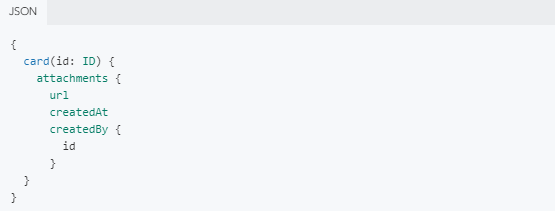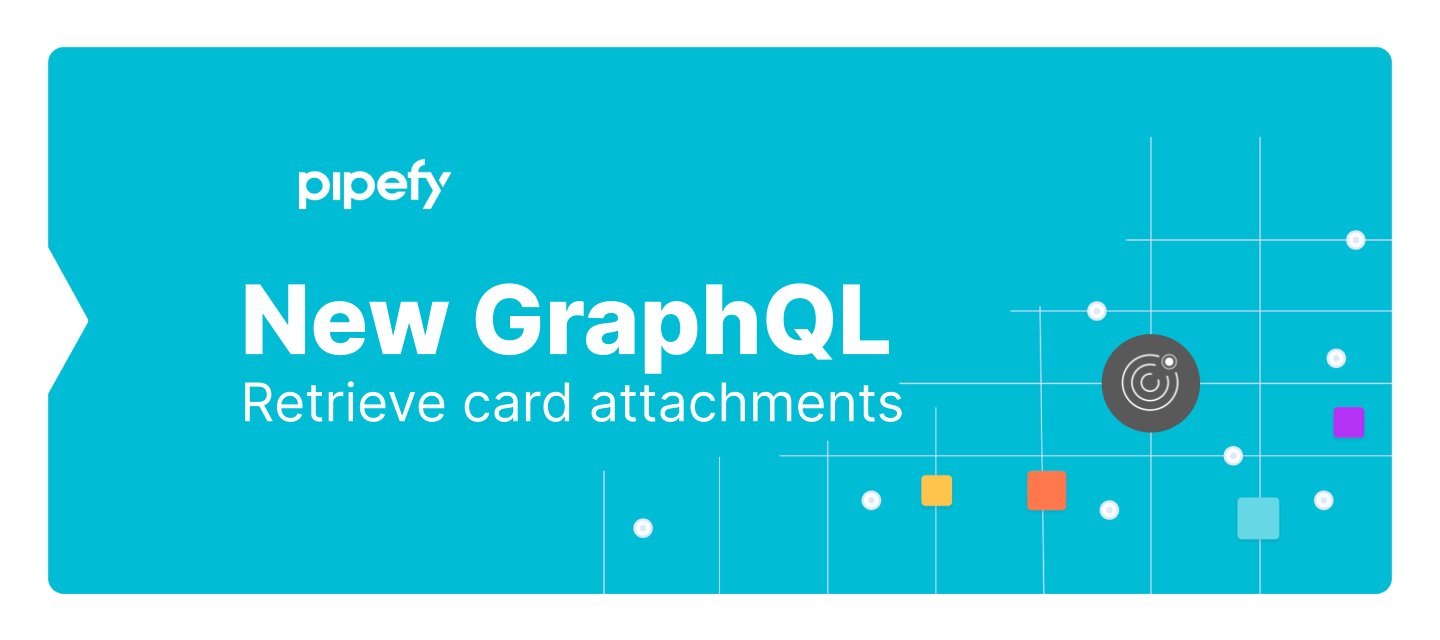We added support to retrieve card attachments -- we will return both attachments attached through the card and by the fields of type attachment. We added a new type called Attachment and we also added the attachments attribute inside the Card type.
Sample query:

Changelog
- added: Attachment type
- added: attachments attribute inside the Card type








